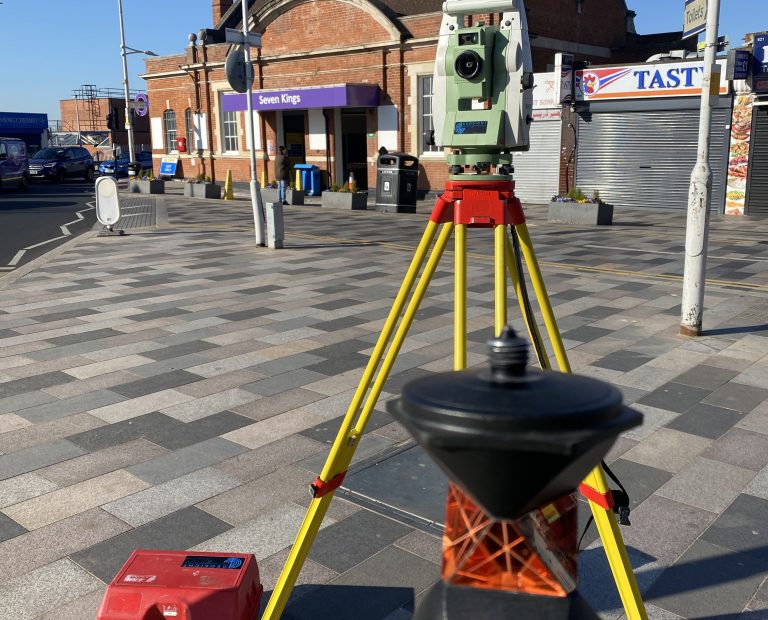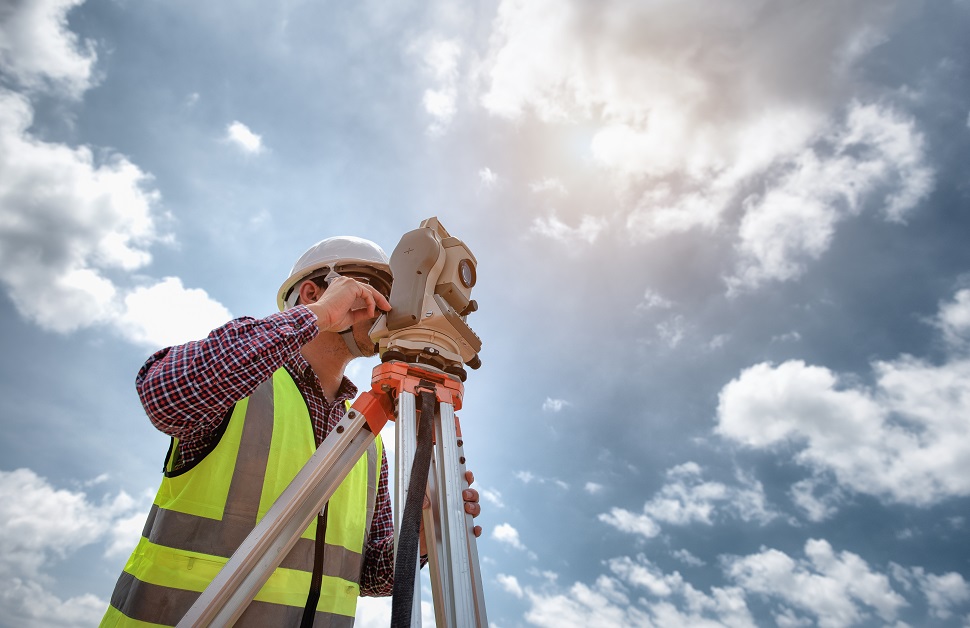Essential Devices and Techniques in Laying Out Design
The self-control of setting out engineering relies greatly on a collection of important tools and techniques that underpin the accuracy and efficiency of job implementation. Instruments such as land surveyor's levels, overall stations, and progressed GPS innovation are indispensable for developing precise referral factors. The assimilation of conventional methods with modern practices, consisting of geospatial evaluation and 3D modeling, supplies significant benefits in visualizing website problems. Recognizing just how these aspects connect is critical for lessening errors and boosting project end results, yet the subtleties of their application typically stay ignored. What implications does this hold for future engineering practices?
The Importance of Accurate Dimensions

The significance of exact dimensions expands beyond plain compliance; they are indispensable to the total efficiency of engineering procedures. Inaccuracies can bring about material waste, job delays, and increased labor prices, eventually influencing the project's profits. Moreover, accurate dimensions boost the high quality of the end product, ensuring that it does as intended and fulfills the assumptions of stakeholders - setting out engineering.
Additionally, the significance of accurate measurements is obvious in numerous engineering techniques, consisting of civil, mechanical, and electrical engineering. Thus, cultivating a society that focuses on precision is essential for the future of design.
Important Devices for Setting Out
Laying out, a critical stage in the engineering and building process, relies greatly on specific devices that ensure precise area and placement of structures. Among these tools, the land surveyor's degree stands apart, supplying specific horizontal dimensions important for developing reference points. This instrument makes it possible for engineers to identify altitude adjustments and keep uniformity throughout the project website.
The total amount terminal is another essential tool, integrating electronic distance dimension with angular measurement abilities. This innovation enhances efficiency and accuracy in capturing spatial information, allowing for reliable website design and preparation.
Furthermore, making use of determining tapes and marking tools, such as chalk lines or stakes, is basic for briefly noting limits and crucial points on the website. These standard devices, though basic, are important for guaranteeing clear interaction amongst the construction team concerning project requirements.
Last but not least, general practitioner technology has gained traction in laying out procedures, giving real-time placing data and significantly enhancing precision over traditional methods. Jointly, these vital devices create the foundation of efficient setting out methods, inevitably contributing to the effective implementation of engineering and building jobs.
Advanced Evaluating Techniques
Advanced evaluating strategies play a pivotal function in enhancing the accuracy and performance of design jobs. These strategies include a variety of techniques that provide precise data for layout and building and construction. Conventional approaches, such as progressing and triangulation, have actually evolved into more sophisticated techniques, consisting of Overall Station surveys and Worldwide Navigating Satellite Systems (GNSS)
Overall Terminal gadgets incorporate electronic theodolites with distance measurement capabilities, permitting surveyors to accumulate precise location data with terrific rate. This modern technology considerably lowers errors connected with manual dimensions and supplies real-time data processing. GNSS uses unequaled accuracy for massive projects by using satellite signals to establish specific positioning, which is essential for guaranteeing and straightening structures compliance with layout specifications.
Along with check out here these tools, progressed methods additionally include geospatial analysis and 3D modeling. These methods allow designers to visualize terrain and site conditions a lot more efficiently, promoting far better decision-making during the planning phase. By employing these sophisticated checking methods, engineering tasks can attain better accuracy in format, minimize rework, and inevitably enhance total task success.
Digital Technology in Engineering
The combination of digital innovation has reinvented design practices, enhancing both performance and precision throughout different self-controls. Tools such as Building Information Modeling (BIM) assist in the visualization and management of complicated tasks, enabling designers to work together flawlessly and make educated choices. This innovation makes it possible for the production of in-depth 3D designs, which can be evaluated for structural integrity and performance before building and construction begins.

The application of expert system and machine understanding in design procedures additionally improves anticipating upkeep and optimization of resources. These innovations enable the evaluation of large information sets, leading to much better forecasting and enhanced project results. In general, electronic innovation is reshaping the engineering landscape, driving advancement, and guaranteeing that projects are finished with better effectiveness article and minimized risk. As the industry remains to develop, welcoming these tools will certainly be necessary for future success.
Finest Practices for Execution
When implementing digital modern technology in engineering, it is crucial to establish a critical approach that aligns with project objectives and business capabilities. A complete analysis of existing process and technology framework is necessary to determine spaces and possibilities for enhancement. Engaging stakeholders early in the procedure cultivates cooperation and guarantees that the innovation satisfies user requirements.

Project managers must embrace a repetitive application method, enabling adjustments based on real-time feedback and efficiency evaluations. This nimble approach not just alleviates threats but also advertises continual improvement by incorporating lessons learned.
Final Thought
Finally, the assimilation of necessary devices and progressed strategies in setting out engineering is important for making sure accuracy in dimensions and successful project implementation. Employing instruments such as surveyor's levels, complete terminals, and GPS modern technology, along with modern-day evaluating methods, improves accuracy and reduces the likelihood of mistakes. Taking on best practices in implementation further maximizes these processes, ultimately promoting enhanced task end results in the design and building and construction fields.
The self-control of setting out engineering counts heavily on a collection of vital tools and strategies that underpin the precision and effectiveness of task execution.Furthermore, the relevance of accurate measurements is apparent in various design self-controls, consisting of civil, mechanical, and electric engineering. By using these sophisticated surveying techniques, engineering projects can attain higher precision in design, lower rework, and eventually enhance total project success.
On the whole, digital modern technology is reshaping the design landscape, driving advancement, and making sure that projects are finished with greater performance and decreased threat (setting out engineering).In conclusion, the assimilation Read More Here of essential devices and advanced strategies in setting out engineering is important for ensuring precision in dimensions and effective job implementation